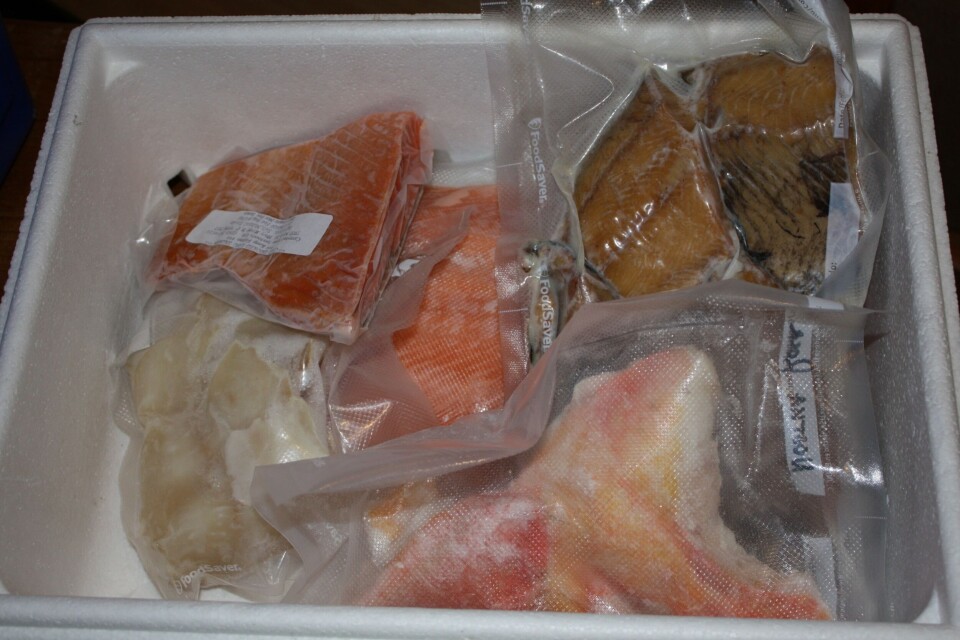
U.S. customers paying a lot for ice when buying seafood
Odd Grydeland Everyone that has purchased frozen, glazed seafood or even fresh bacon has experienced a panful of water seeping out of the product at the beginning of the cooking process. While seafood is often glazed to retain freshness and to avoid the product drying out, pork products seem to be routinely injected with water to increase the weight and thus the financial return to the producer. In the case of frozen seafood, Julie Wernau of the Chicago Tribune reports on a recent U.S. government investigation;The U.S. Food and Drug Administration said Tuesday that it is reviewing the results of a multistate investigation that found that shoppers have been paying for large amounts of ice that are not supposed to be included in the price of frozen seafood. The investigation – conducted by weights and measures inspectors in 17 states, including Texas – found that a coating of ice applied to frozen seafood to preserve quality during storage and distribution was often wrongly included as part of the labeled weight of seafood. In some instances, the investigation found, ice accounted for up to 40 percent of the product's weight. "We're reviewing their results and determining whether FDA should take any action and if so, what actions should we take," said Michael Herndon, spokesman for the FDA. Herndon said the FDA could direct one of its district offices to target a particular firm or consider import sampling of a particular commodity or country based on the trends they are able to find. Coating seafood in ice is a common and legal practice. What isn't legal, Onwiler said, is to include ice in the weight of the seafood. In some cases, investigators found seafood packers were also adding a thicker coat of ice than was necessary in order to add weight to the seafood.






















































